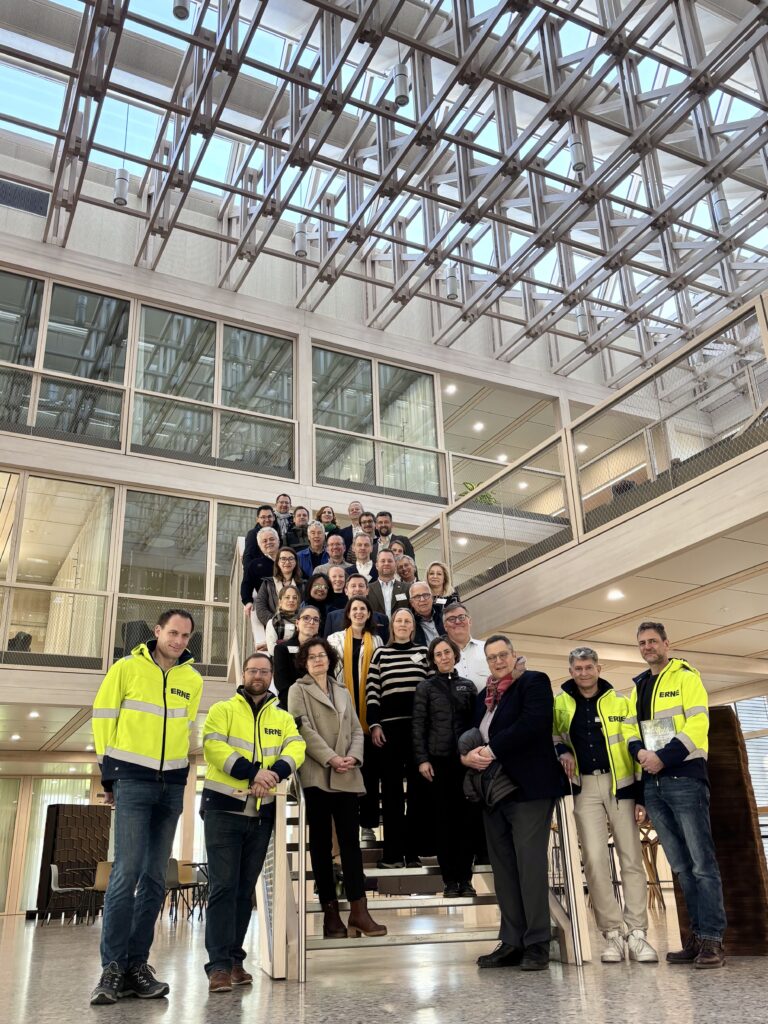Bridging the “Valley of Death” – Tackling the Innovation Gap within the Pan-European Region’s Wood Sector
Thomas Fedrizzi of Timber Finance presented their approach to monetising the CO₂ storage potential of timber, aiming to unlock crucial private investments.
The workshop also featured presentations from initiatives such as InnovaWood’s EU Funding Navigator. Presented by Uwe Kies, it provided an overview of upcoming calls and analysed them in detail for the members. In his second presentation, he highlighted the influence of regulations and standards on innovation in the wood sector.
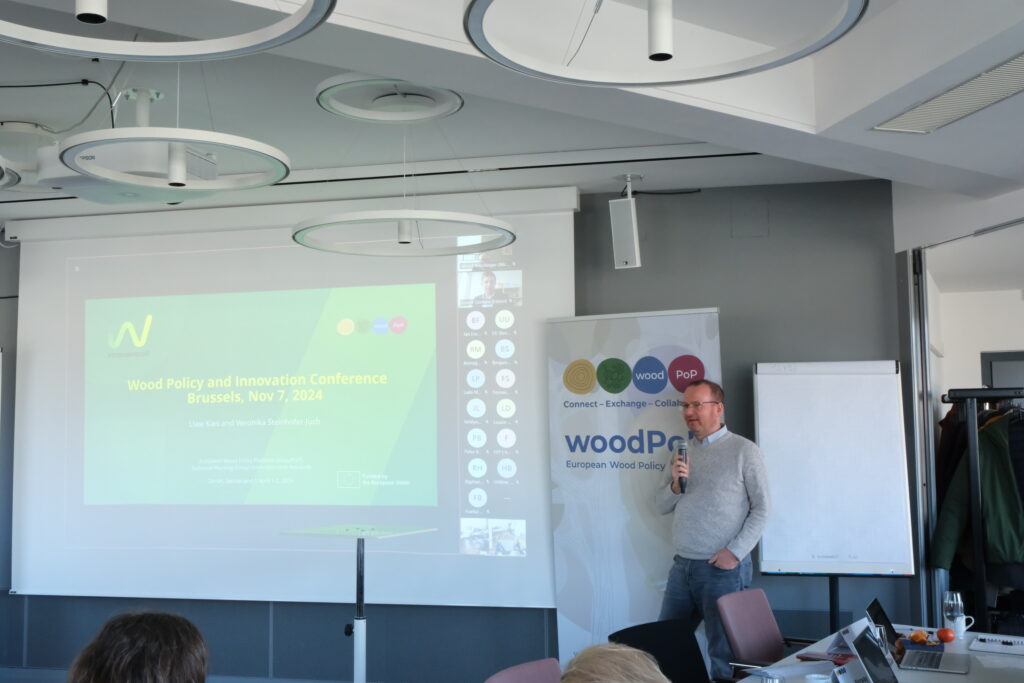
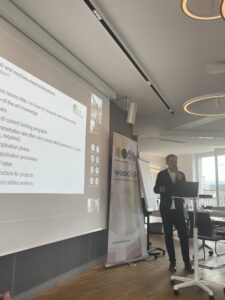
Milena Daphinoff of the University of Applied Sciences Bern presented the Timber Startup Incubator (TSI), an initiative that provides focused support to connect researchers and students to the business world, support the development of entrepreneurial skills, and identify changemakers within companies.
Solmaz Esmaili presented CBRE Group Inc.’s Renovation Revolution Project, a sustainability-driven initiative aimed at accelerating the energy renovation of non-residential buildings across Europe, promoting circularity and public-private collaboration to achieve a zero-emission building stock by 2050.
All these initiatives collectively demonstrated a commitment to fostering cross-sector collaboration and nurturing entrepreneurial ventures to ensure sustainable growth and competitiveness in the timber industry.
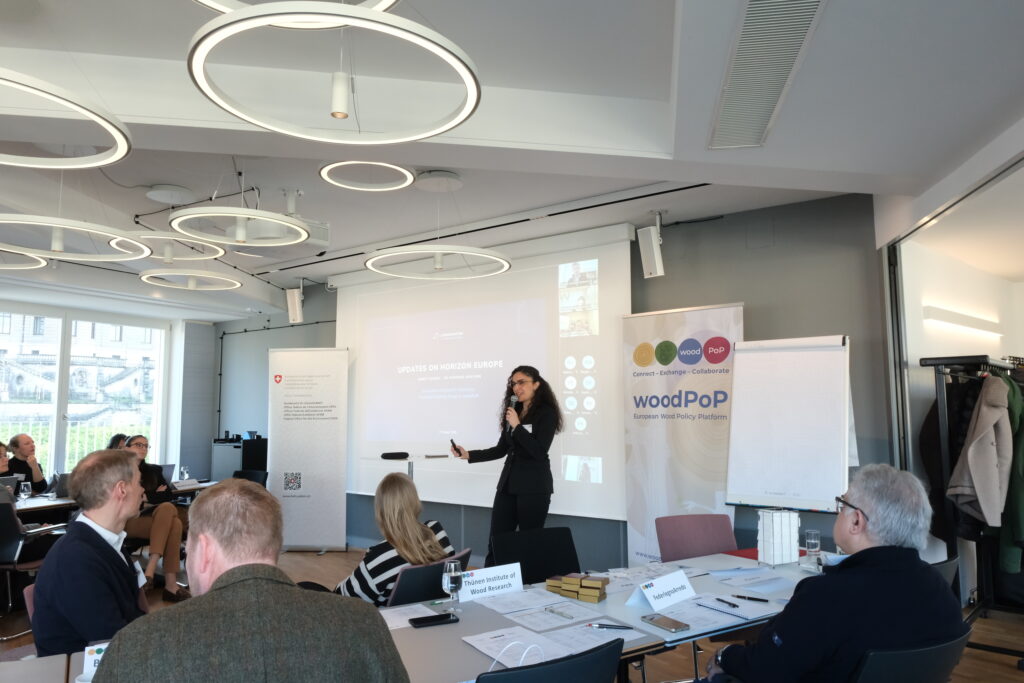
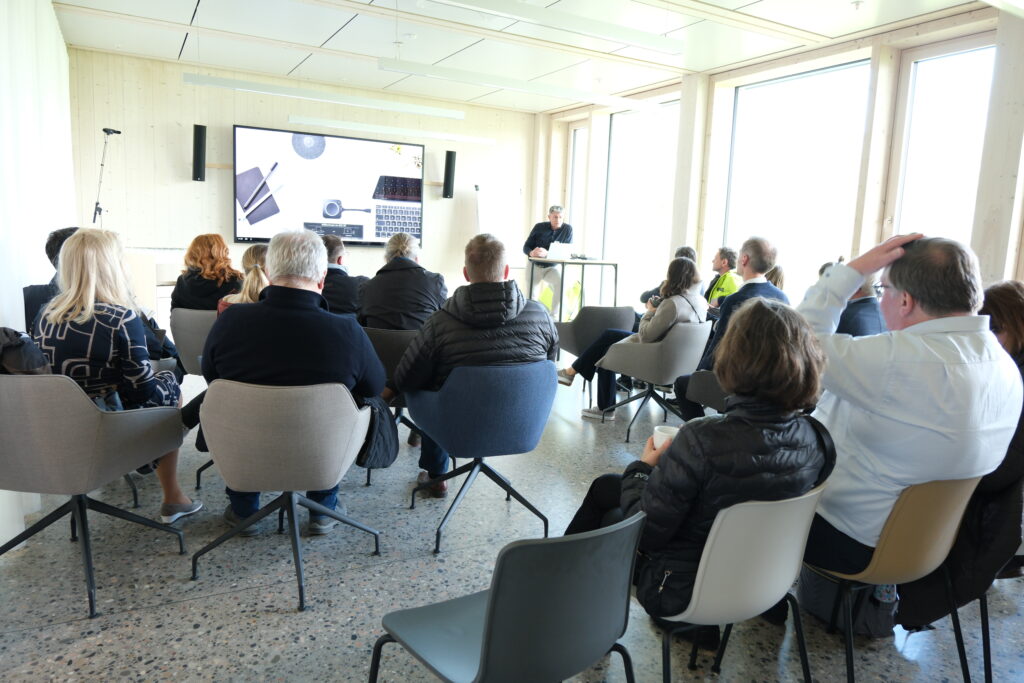
The workshop concluded with an excursion to Erne Holzbau AG’s production plant, which provided inspiring insights into industry best practices and the use of Swiss Beech in high-rise wood construction.
Resources from the TWG Innovation & Research Workshop in Zurich
Meeting Memo
Presentations
- EBP Schweiz AG by Luca Bronzini and Isabel O’ Connor
- Updates on Horizon Europe by Nancy Ramia (Luxinnovation)
- InnovaWood’s EU Funding Navigator by Uwe Kies (InnovaWood)
- Innovation in the Wood Construction Sector by Uwe Kies & Vanesa Bano
- How to increase the success rate of the wood sector by Stefan Torno (Bavarian Forestry and Wood Cluster Initiative)
- Timber Startup Incubator – Where bold ideas grow roots by Milena Daphinoff (Universtiy of Applied Sciences Bern)
- Bridging the Gap between Timber and Finance: Insights into Practice by Thomas Fedrizzi (Timber Finance)
- Domestic Wood Industries & Sustainable Finance: Needs from the perspective of real user cases in Luxembourg by Ralf Koehler
- ESG and sustainability solutions at CBRE by Solmaz Esmaili
